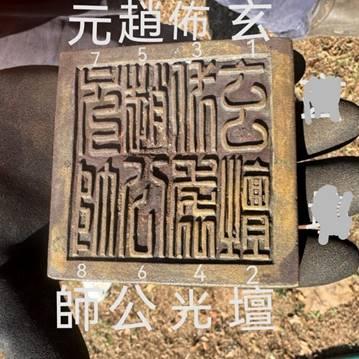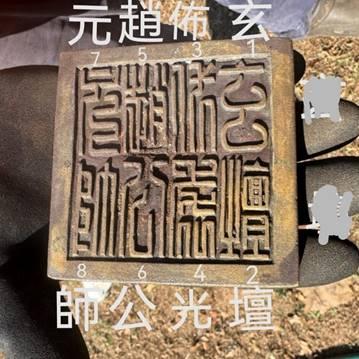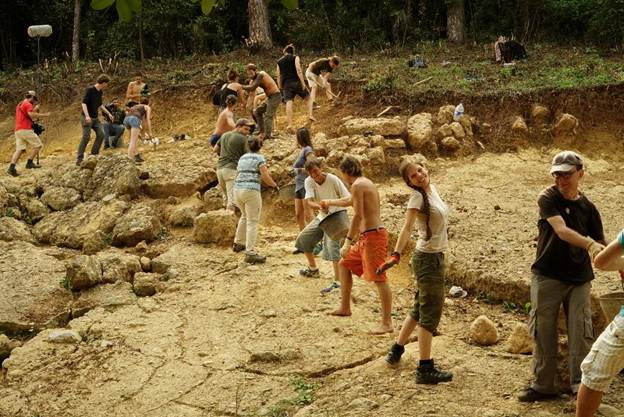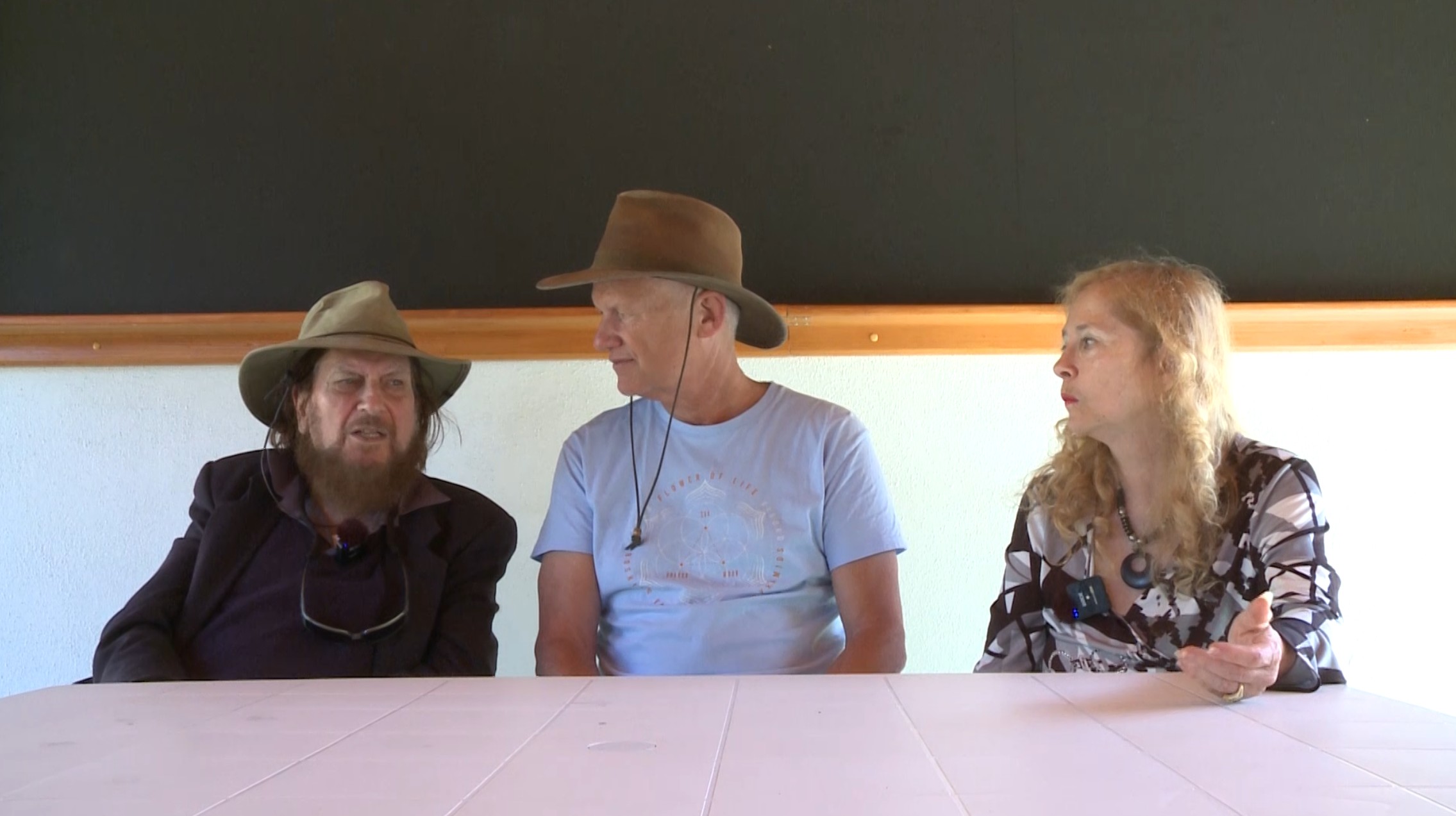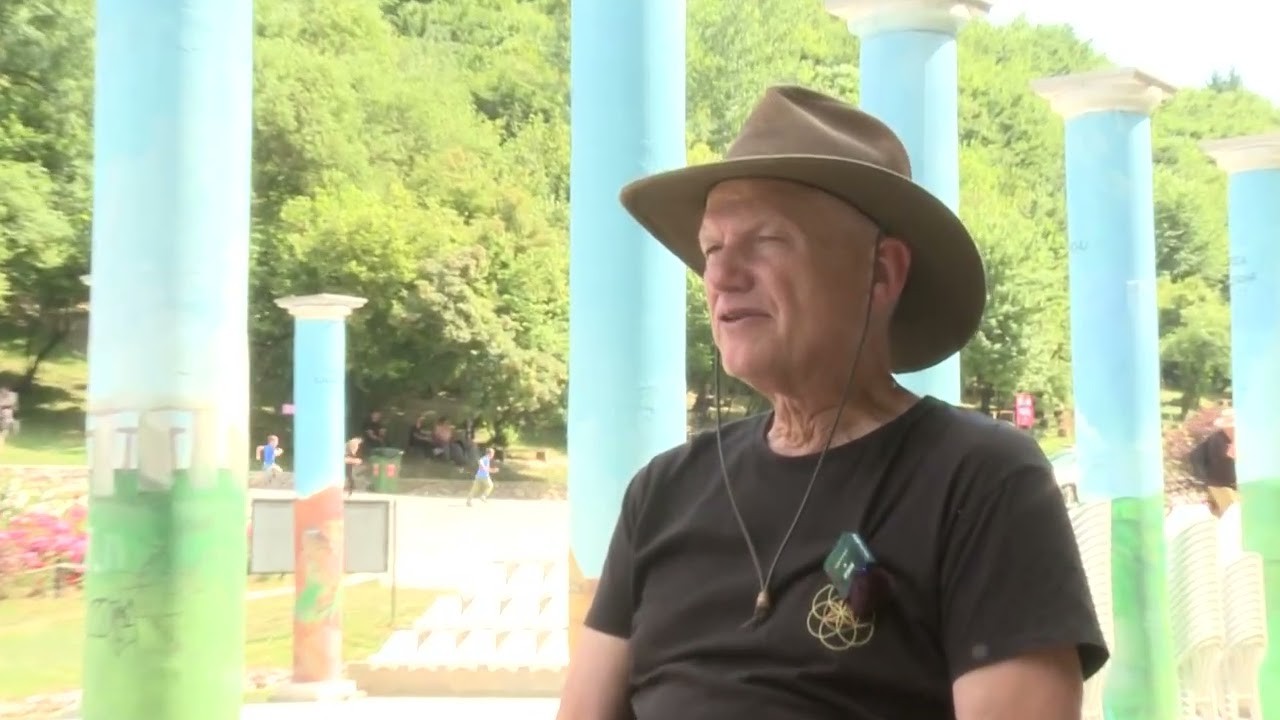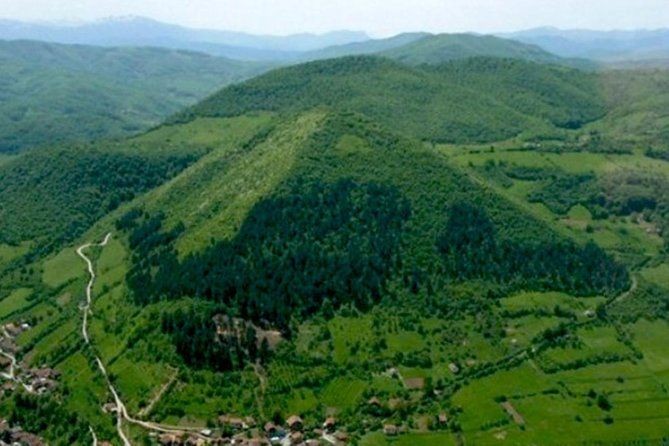12/11/2025
An incredibly rare, sacred square metal seal that can only reside in the Chinese Emperor’s Royal Court has been unearthed ninety kilometres inland from Darwin. We believe that this ancient metal seal is the most important global discovery of both the 20th and 21st Century.

Johno and Janice, the owners of the property from which this priceless and enigmatic metal treasure was recovered, have spent years trying to get this artefact analysed and properly recognised. What has been as disappointing as it is frustrating was the reaction of the local archaeological ‘experts.’ They have misrepresented what happened and who was involved. Despite the roadblocks and dead ends, they went overseas in contacting highly qualified scholars of Chinese Lore and history, who readily acknowledged the reality of what this seal really is and represents.
To that end a Preliminary Report has just been released, which is the first of two. “The initial academic interpretation and contextual analysis was later undertaken by Ed Lui (Chinese scholar) and Ian Hudson and team (Menzies Foundation), with external review and correspondence with Dr. Luk Yu-ping, Curator of Chinese Paintings and Prints at the British Museum.” The Abstract that opens this paper states that, “In May 2002, a copper-alloy seal bearing Chinese inscriptions was discovered near Tortilla Flats, Northern Territory, Australia. Preliminary metallurgical and epigraphic analyses suggest the object pre-dates any known modern or colonial presence in the region. The artefact, associated with Daoist deity worship, may indicate ancient maritime connections between Asia and northern Australia”
Some tests have already been conducted, and more are about to take place. But such is the strength of what has been analysed, they can already agree that the seal is from the Emperor’s Court. This seal lying in Australian dirt, “predates” by many years any known voyages to Australia whether it be British, Macassan, French, Spanish, Portuguese or even the earlier Chinese Fleet of 1421, they all came later. Ed Liu was convinced that the manner of manufacture and “precision of casting and the alloy composition suggest Imperial Foundry origins, possibly from Tang, Song or Yuan Dynasties (7th-14th Century CE).”

From our humble perspective (as we are not experts in this field and will rely heavily on those that are) we can readily identify three features of the seal that cannot be accommodated into any approved historical narrative of firstly Australia, and then everywhere else. The seal was forged in the Imperial Foundry and took over twenty years to forge and assemble. It was a very substantial foundry as the temperature required was 2,800 degrees Celsius. It is a nine-point casting and on each occasion a ceremony was offered. Each of the twenty-seven elements was also blessed. On one side two pins are still visible and each is exactly the same distance from the top, bottom and side. This entire metal package is sacred and mathematical, yet apparently the science within is far too advanced for the times it was manufactured.
Just as relevant and exclusively restricted to the Emperor’s Court, is the content. The name highlighted on the seal, Zhao, was a highly revered person and deity of the highest calibre. He was at different times: the Marshal of the Thunder Department, General of the Palace, Chief of the Twenty-Eight Constellations, Inspector of the Five Directions, Chief of the Five Tiger Generals, and so it continues. So high and unparalleled is his status and connection to the Emperor’s Palace, that the seal to be found anywhere outside the Palace is a huge issue. But to be found in the Northern Territory pushes the boundaries to locations and situations never considered. However, there is more to this seal than an unexpected date and place, from our stance the most intriguing aspect relates to the chemistry, because that is where all the objections and insistence that the seal is between one to two hundred years old are totally dismissed.
Clearly a chemical read out of twenty-seven elements is extremely numerous and perplexing in complexity, this is why the geological report cited in the Preliminary Report made note of the fact that “the alloy composition was “remarkable,” showing advanced metallurgical knowledge inconsistent with colonial or industrial contamination.” This analysis of contents was conducted by AA+ Industry (special thanks to Pete and Adam) and above and beyond the sophistication of elements they commented upon, there are two contributions made by one element that take all of this to another level in technology and science. The reading twice of over 2% for molybdenum changes everything. It is present in both readings of the iron alloy and not registering in any of the nine-copper alloy read outs. One of the Australian archaeological groups was aware of the complications and implications of this large molybdenum presence, which although discovered in 1778 was not used in any industrial or commercial enterprise until 1891. Their only solution was to suggest that this “could” be due through leaching of the soil which contaminated the seal. That it was only absorbed twice in the iron alloy is an issue as the other nine samples registered zero, and there are only two rational explanations available.
On the four sides and top the copper alloy is intact and uncut, but on the back end there is a circular hole of about two centimetres in diameter and two small tunnels running from the centre to the side. When the seal was being used to stamp patterns, ink was placed in the centre and tunnels which was dipped into by a brush then painted on to the ridges to make one design, or the opposite design is created when the ink fills the gaps between the ridges. As there would be liquid flowing, rust becomes a potential corrosive issue, but if hardening the central hole where most of the ink sits with a sizeable dose of molybdenum, that preventive measure maintains the structural integrity of the entire seal.

Or it could be that the seal was sitting in soil drenched in molybdenum, but there is an essential flaw in what the Australian archaeologists propose. What both Australian groups of experts never did was walk on the property and examine the dirt from where the seal was unearthed. Janice and Johno took me to the exact place the seal was found, and everywhere else. The soil is sandy clay and low in organic matter, and it is my belief that the dirt from which the seal was removed has an extremely low to non-existent molybdenum component. I could be wrong, but there is a very simple way to find out, take a small sample of soil from the site and assay it for the presence of molybdenum, that science will be the final verdict. If none is present, there is no possible way that leaching could occur. It is that simple and relatively cheap to undertake. If there is no molybdenum in the dirt, then it was part of the forged metal package, full stop. It is something the scientists who suggested leaching should have both recognised and conducted first before putting that possibility in their report.
There is one even better reason why the notion that the molybdenum could not have leached into the metal. Granted molybdenum is mined in Australia, but that is nothing unusual as every mineral and ore that can be sold is dug out of ground in this country, but what is an eternal constant is that it is dug out never slashed out of the dirt. Wherever there is a high concentration of any metal, that is where they dig. Tortilla Flats mainly runs cattle; there is gold in the area but that is it.
Even if there was a high percentage in the soil, it still makes no difference. Johno and Janice told me how they found the seal. While clearing weeds and a huge collection of old tyres near the front of their property, Johno was also trying to shift some topsoil so that the water that accumulates at the lowest point of their land, could flow elsewhere. After scrapping away the remains of a recently introduced exotic form of grass that has an extensive root system, he noticed an object that was heavily encrusted with soil sitting right up near the surface. Johno picked it up and scrapped the dirt off, to begin with they had no idea what the markings meant, or even if it was actually metal.
To have over 2% molybdenum is a very high percentage, and if in soil for that required quantity of this element to be present it has to have come from above the metal, below is useless as water flows down not up. And a fair way down like ten or twenty metres, never five to ten centimetres. There has to be a sizeable catchment and collection area of molybdenum above, it is that simple. If those who suggested leaching had spoken to Janice and Johno, they would know that “could be leaching” needed a “not’ after “could.”
In concluding this brief chemistry overview, of the twenty-seven elements identified, we believe it was not just the presence of molybdenum that convinced Pete and Adam this this alloy was “remarkable,” they also detected the presence of titanium. It was discovered in 1791 but first used in any manufacturing process by du Pont in 1948. It shares the same feature as molybdenum as metal hardeners, but is stronger than molybdenum.
At the very least, the Chinese were sailing to Australia no less than hundreds, and possibly thousands of years ago, well before any European ship sailed to any foreign location. The seal in Australia demands no less, but is there more?
It is our suspicion that the date this seal first arrived in Australia will have four-figures, simply due to the lay of the land. Although ninety kilometres inland, if standing on the top of the hill behind Janice and Johno’s property, you can see Darwin. Between it is one very long flat plain. Knowing that saltwater crocodiles are in the area and there is a massive underground water basin that stretches from Darwin to Alice Springs, if going back two thousand years when sea levels were higher, the area Johno was clearing would be underwater and could have been the location where a flat-bottomed Chinese boat dropped anchor. The seal also has engravings on the sides that give directions to where and when as it also acted as a navigation device. This sacred object was positioned in the boat, but never on its own, as it was protected by an accompanying Muzah Shrine. That obligatory pairing does mean it is possible there is more archaeology waiting beneath the spot where the seal was recovered.
Steven Strong









